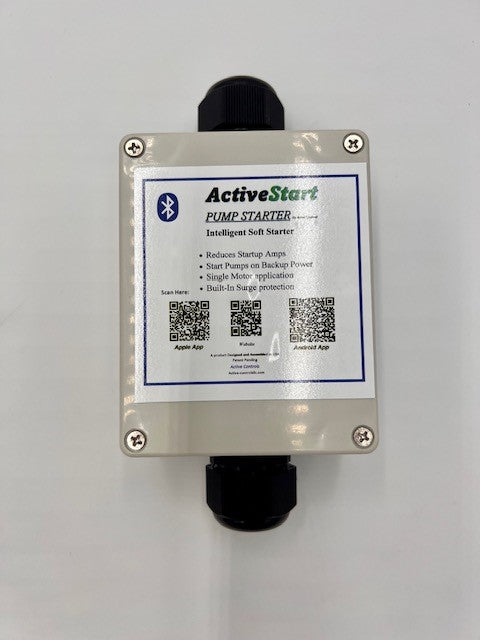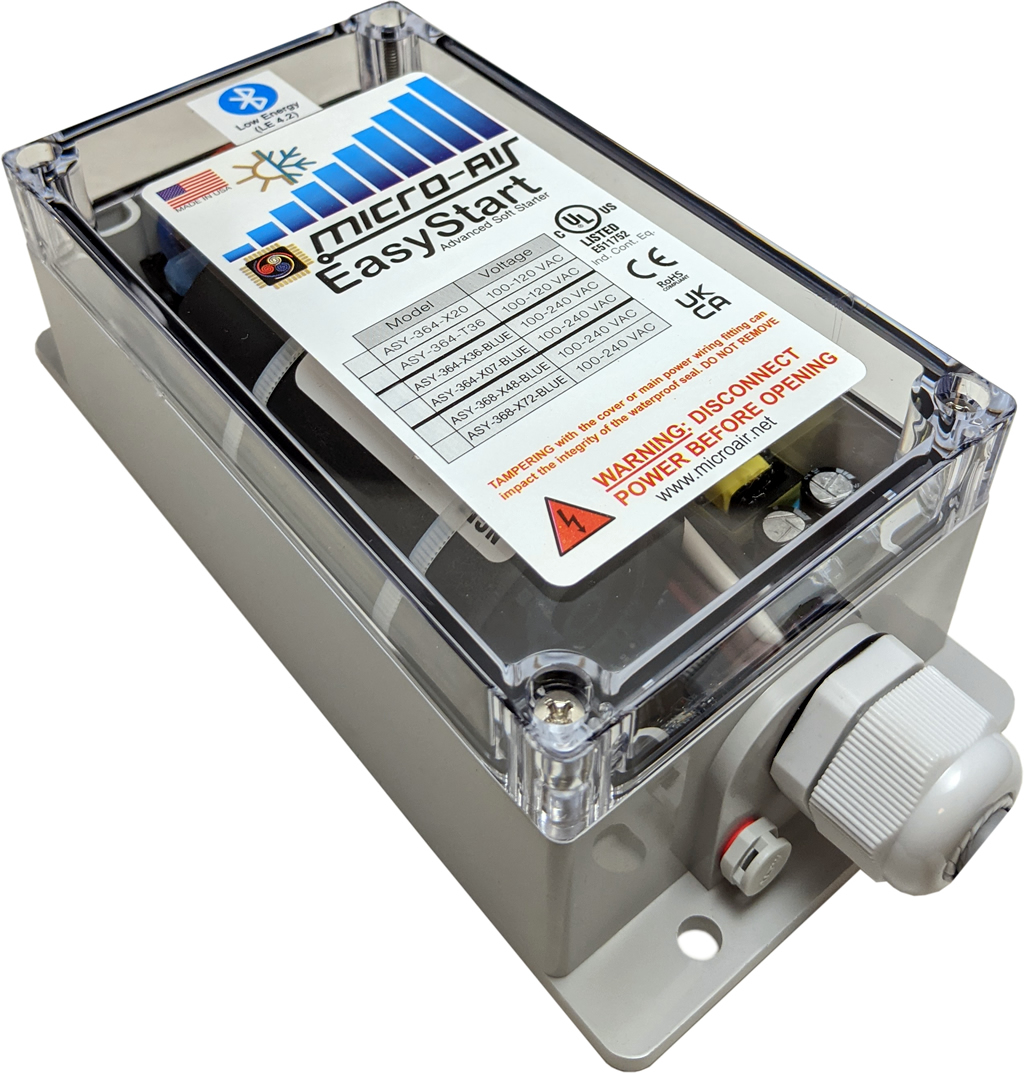Just want to preface with I’m not being paid, influenced or affiliated with the company.
I was looking for soft starters last week and found a few videos on a new company that makes plug in soft starters. A lot of RVers are talking about it or promoting it more likely. Either way I called them and got ahold of the engineer that designs them. He said in the next few weeks they will be launching soft starts for well pumps, power tools and refrigerators.
In the case of well pumps both 115 and even 230 two wire pumps which really helps me. Just pulled a 1 hp 2 wire pump I can no longer start because my generator broke. Fairly cheap, they run about 300-340.
Absolutely opens up a ton of cheap options. Instead of spending 1200+ on a Grundfos I can buy a cheap vevor pump and one of those for about 500 and I can swap in cheap pumps in the future. I really like separate pieces of equipment, cheaper in the long run when it comes time to replace. Active controls is the company.
Not sure how they do it, the plug in version supposedly is fine with electronics but I wouldn’t risk it. Saw a video of them testing it on a whole RV and all the appliances including the microwave ran fine.
Do your research and YMMV but I’m mildly excited. Partially cures the age old problem of over sizing the inverter and losing efficiency when you do.
I was looking for soft starters last week and found a few videos on a new company that makes plug in soft starters. A lot of RVers are talking about it or promoting it more likely. Either way I called them and got ahold of the engineer that designs them. He said in the next few weeks they will be launching soft starts for well pumps, power tools and refrigerators.
In the case of well pumps both 115 and even 230 two wire pumps which really helps me. Just pulled a 1 hp 2 wire pump I can no longer start because my generator broke. Fairly cheap, they run about 300-340.
Absolutely opens up a ton of cheap options. Instead of spending 1200+ on a Grundfos I can buy a cheap vevor pump and one of those for about 500 and I can swap in cheap pumps in the future. I really like separate pieces of equipment, cheaper in the long run when it comes time to replace. Active controls is the company.
Not sure how they do it, the plug in version supposedly is fine with electronics but I wouldn’t risk it. Saw a video of them testing it on a whole RV and all the appliances including the microwave ran fine.
Do your research and YMMV but I’m mildly excited. Partially cures the age old problem of over sizing the inverter and losing efficiency when you do.




